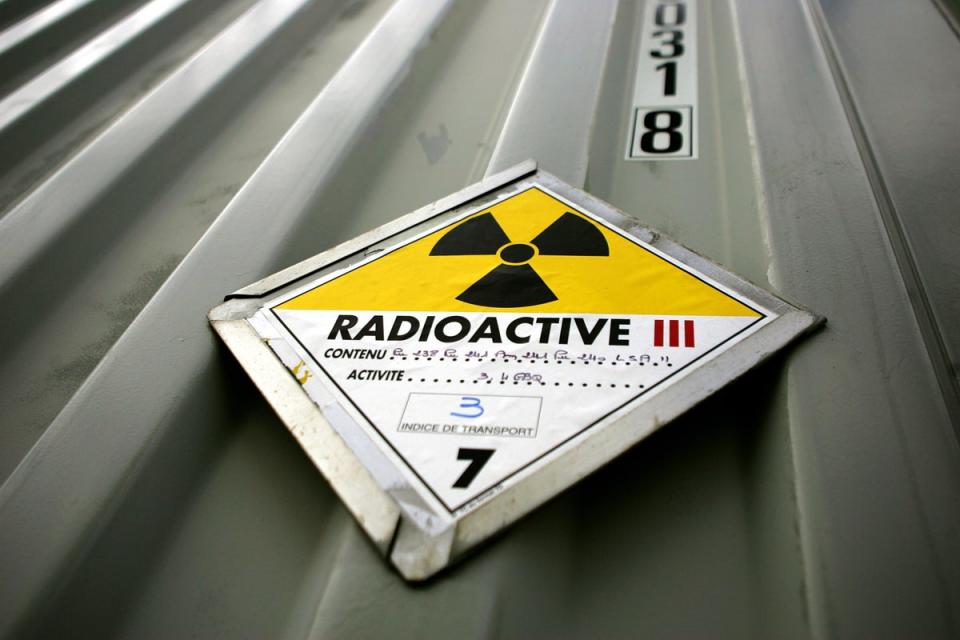Australian nuclear body joins hunt for missing radioactive capsule

Members from Australia’s nuclear safety agency have joined the search for a tiny but highly-radioactive capsule on Tuesday after it was misplaced in transit on a stretch longer than the length of Great Britain earlier this month, sending Western Australia under a radiation alert.
The crew of the top nuclear safety agency is now assisting in the hunt with specialised car-mounted and portable detection equipment.
Officials from the Australian Radiation Protection and Nuclear Safety Agency said they were working with the Western Australian government to find the capsule.
Additionally, radiation services specialists from the Australian Nuclear Science and Technology Organisation have also joined the search operation along with detection and imaging equipment, the agency said.
"It will take approximately five days to travel the original route, an estimated 1400km, with crews travelling north and south along Great Northern Highway," said Darryl Ray, the acting superintendent for Western Australia’s Department of Fire and Emergency Services, late on Monday.
A fresh alert has also been issued to motorists along Australia’s longest highway to be careful when approaching the search parties, the state emergency officials said on Tuesday as they warned locals of vehicles carrying radiation detectors moving in the area at slow speeds.
The capsule was inside a truck that was travelling from the desert Gudai-Darri mine site north of Newman to a storage facility in Perth.
The caesium-137 ceramic source, commonly used in radiation gauges, emits dangerous amounts of radiation, equivalent to receiving 10 X-rays in an hour.
The radioactive silver capsule, 6mm in diameter and 8mm long, could cause skin burns and prolonged exposure could cause cancer.
The small Caesium-137 capsule was reported missing more than two weeks after being transported from the mining site. The truck reportedly carrying the capsule arrived at a Perth depot on 16 January, following which the emergency services were notified of the missing capsule on 25 January.
Officials have said it is likely that the vibrations from the truck caused the screws and the bolts holding together the gauge to loosen, causing the capsule to fall out of the package and then out of a gap in the truck.
The mining corporation responsible for transporting the capsule has apologised “for the alarm” and said it was “taking this incident very seriously”.
Simon Trott, the firm’s iron ore division chief, said: “We have completed radiological surveys of all areas on site where the device had been, and surveyed roads within the mine site.”
He added that Rio Tinto was conducting its own investigation into how the loss occurred.

 Yahoo News
Yahoo News 